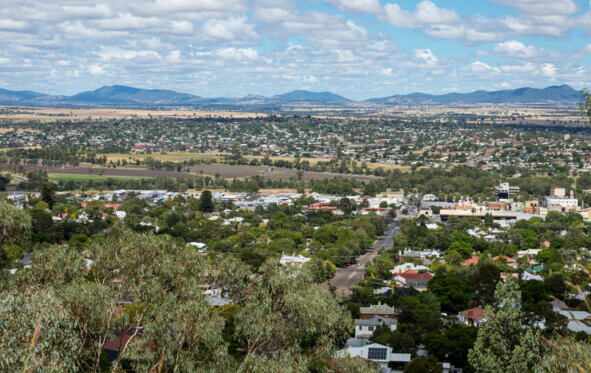As the pandemic has changed the way society lives and works, one regional consultancy is highlighting the need for regional infrastructure partnerships between industry and government.
Hanlons Consulting, an engineering, surveying and environmental services firm operating across regional Australia, is based in Tamworth, the second largest inland city in NSW after Wagga Wagga. Its managing director, Mitchel Hanlon, is frustrated by the approach to creating new regional infrastructure.
“We need a joint approach where industry and government need to come together to ensure the required hospital, road, housing, etc. are available when needed,” he said, emphasising, “Not five years after.
“The regions are experiencing a growth surge; regional centres such as Tamworth welcome this as it creates a positive feedback loop. More people drive the need for more service industries and professionals to staff them.”
Hanlon is talking hospitals, police stations, schools and all the infrastructure that goes with them like buildings, roads, footpaths, water services and sewers, carparks, bridges etc. With the opportunity to work remotely and reassess lifestyle during the pandemic, many people have and are opting for a tree change. However, while this is good news, Hanlon revealed it is putting strain on regional centres.
“Employers have found people are willing to relocate but can’t find a house or unit to live in … the trade sector is at full utilisation … [and] under-utilised tradies from other regions could relocate, but they too are busy,” he said.
“What about more apprenticeships? That takes time and new apprentices need supervision … so there’s a drop in productivity. Land availability is another problem. There’s not enough land and bank lending requirements are strict.”
While Hanlon said some councils are pro-development and the sector is seen as an economic enabler for regions, it also takes time to extend even existing infrastructure.
“Infrastructure in all its forms needs to be a continuation,” Hanlon explained. “The typical stop-start approach doesn’t work. The finished build appears too late from when it’s required first.”


